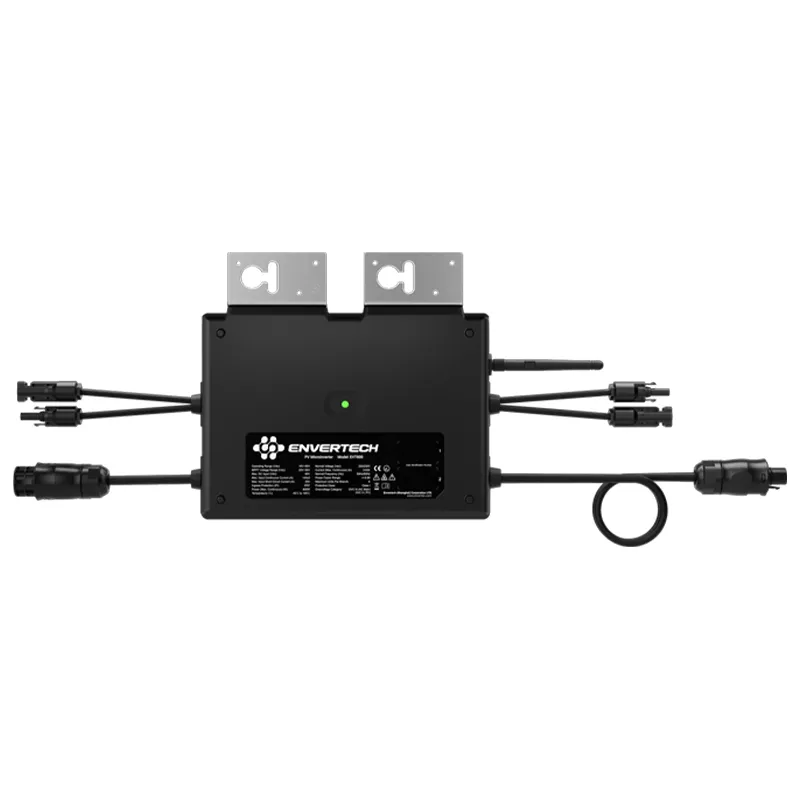Current Trends and Prices of 800 Watt Solar Panels in the Renewable Energy Market
The Price Dynamics of 800W Solar Panels A Comprehensive Overview
As the world increasingly shifts towards renewable energy, solar panels have become a prominent solution for both residential and commercial power generation. Among the latest innovations in this field are the 800W solar panels, which have recently gained attention due to their efficiency and output capabilities. Understanding their pricing can help consumers make informed decisions about investing in solar energy.
The Evolution of Solar Technology
Solar technology has undergone significant advancements over the past decade. Historically, solar panels had lower wattage outputs, typically around 250W to 400W. However, with innovations in photovoltaic technology and materials, manufacturers have developed high-capacity panels capable of producing up to 800W. This leap in power generation is crucial for homeowners and businesses that have limited roof space but require substantial energy output.
Factors Influencing the Price of 800W Solar Panels
1. Material and Manufacturing Costs The price of solar panels is heavily influenced by the raw materials used, including silicon, glass, and metals. The production process also involves substantial costs related to labor and technology. High-performance panels like the 800W models often use more advanced materials, which can increase their price.
2. Brand Reputation The brand behind the solar panel can significantly affect its price. Established manufacturers with a proven track record in efficiency and reliability often command higher prices due to their reputation and warranty offerings. Consumers tend to trust these brands, knowing they will receive support and services.
800w solar panel price

3. Supply and Demand Dynamics Like any other commodity, the pricing of solar panels is subject to market dynamics. In recent years, the push for sustainability has driven up demand for solar technology, sometimes outpacing supply. This imbalance can result in price fluctuations, especially for popular models like the 800W panels.
4. Installation and Additional Costs When considering the price of solar panels, it is essential to factor in installation costs, which can vary based on geographic location, the complexity of the installation, and additional equipment needed (like inverters and mounting systems). The total investment also includes permits and inspections, which can significantly augment the initial price of the panels themselves.
The Long-Term Investment Perspective
While the upfront cost of 800W solar panels may be higher than their lower-capacity counterparts, they offer several advantages that can justify the investment. The greater energy output can lead to lower electricity bills and a reduced carbon footprint. Many regions offer incentives, tax credits, and rebates for solar installations, which can help offset some of the costs.
Furthermore, solar panels typically have a lifespan of 25 years or more, during which time they can provide reliable energy, offering potential savings that far exceed their initial cost over time. As technology continues to evolve and production processes become more efficient, we can expect the prices of solar panels, including high-capacity options like the 800W models, to become more accessible in the years ahead.
Conclusion
The price of 800W solar panels reflects a range of factors from manufacturing costs to market dynamics. As consumers become more environmentally conscious and seek sustainable energy solutions, high-output solar panels are likely to play an essential role in the energy landscape. By considering both immediate costs and long-term benefits, potential buyers can better understand the value these panels provide, making a significant step toward a sustainable future.
-
String Solar Inverter: The High-Efficiency Solution for Smart Solar EnergyNewsJul.14,2025
-
Revolutionizing Rooftop Energy with the Power of the Micro Solar InverterNewsJul.14,2025
-
Power Independence with Smart Off Grid Solar Inverter SolutionsNewsJul.14,2025
-
On Grid Solar Inverter: Powering the Future with Smart Grid IntegrationNewsJul.14,2025
-
Monocrystalline Solar Panels: High-Efficiency Power for the Future of Clean EnergyNewsJul.14,2025
-
Bifacial Solar Panel: A Smarter Investment for Next-Generation Energy SystemsNewsJul.14,2025







